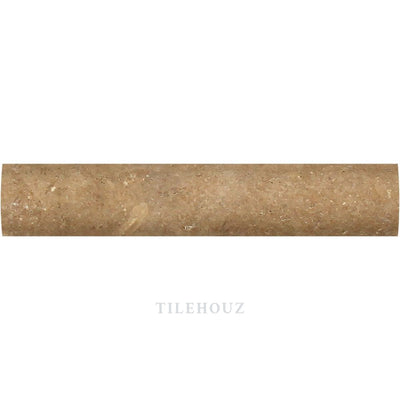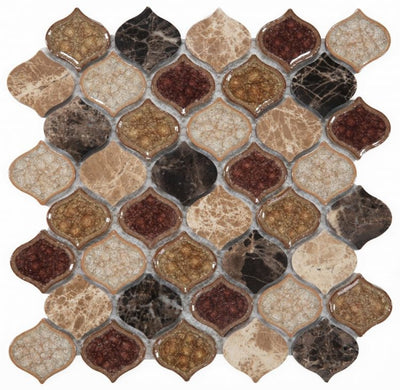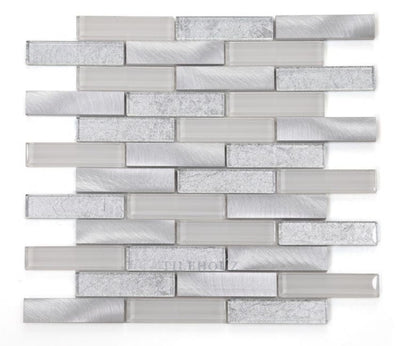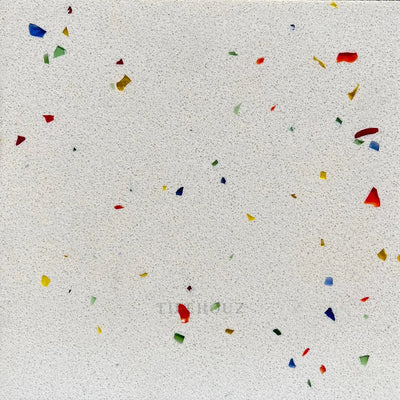The Revolution of Modern Tiles in Contemporary Design
In the labyrinth of contemporary design, modern tiles stand out not just as mere elements of utility but as exquisite pieces of art that narrate the tale of aesthetics, innovation, and sustainability. Each tile, with its texture, color, and pattern, is a testament to the evolving landscape of design that has embraced both form and function with equal fervor.
The Evolution of Tile Design Through the Ages
Tile design has journeyed through the corridors of time, transforming with every era. From the intricate mosaics of ancient Rome to the vibrant ceramics of the Islamic Golden Age, tiles have always mirrored the prevailing cultural aesthetics and technological advancements. The leap into modern tiles began with the introduction of industrial manufacturing processes, allowing for unprecedented precision and variety in design. This era heralded the synthesis of traditional craftsmanship with modern innovation, giving rise to tiles that are not only functional but are powerful design statements.
In recent decades, the digital revolution has further accelerated the evolution of tile design. Technological advancements have enabled the creation of tiles with complex patterns and textures that were once unthinkable. Digital printing techniques have expanded the aesthetic possibilities, making hyper-realistic textures and patterns accessible to the average homeowner. This democratization of design has allowed modern tiles to establish themselves firmly as essential components of contemporary architecture and interior design.
Material Innovations: The Backbone of Modern Tiles
The backbone of modern tiles lies in the relentless pursuit of material innovation. Researchers and designers have pushed the boundaries of what tiles can be made of, leading to the development of eco-friendly materials and processes that reduce environmental impact. Recycled glass, porcelain, and even plastic have been introduced into the tile manufacturing process, showcasing an industry commitment to sustainability.
The advent of ultra-thin tiles is a prime example of how material innovation has revolutionized the tile industry. These tiles, some as thin as 3mm, are not only lighter and more versatile than traditional tiles but also require less raw material to produce, highlighting an important shift towards reducing resource consumption. Alongside, the durability and longevity of modern tiles have significantly improved, lending to their appeal in both residential and commercial spaces.
Sustainability and Tiles: Embracing Eco-Friendly Practices
The narrative of modern tiles intertwines closely with the principles of sustainability. The tile industry’s pivot towards eco-friendly manufacturing practices reflects a broader commitment to environmental stewardship. Innovations such as water recycling in the production process and the use of sustainable materials underscore the industry’s role in promoting green building practices.
Modern Tiles in Interior Design: Trends and Applications
Modern tiles have transcended their utilitarian roots to become focal points of interior design. The current trends showcase a preference for large-format tiles and minimalist aesthetics, aligning with the broader movement towards sleek and sustainable interiors. The versatility of modern tiles allows them to be used in a myriad of settings, from kitchen backsplashes to bathroom walls, proving their adaptability and aesthetic appeal.
Another emerging trend is the application of 3D textured tiles, which add depth and dynamism to spaces. These tiles serve not only as functional surfaces but also as pieces of art, introducing an element of tactile interest in the realms of interior design. With modern tiles, the possibilities are as limitless as the imagination of the designers who wield them.
The Artistic Value of Modern Tiles: Beyond Functionality
The transformation of tiles into artistic statements has been among the most compelling developments in contemporary design. Designers and artists collaborate to create tile collections that challenge perceptions, melding utility with unparalleled beauty. Custom-designed tiles, featuring everything from abstract patterns to lifelike images, illustrate the capacity of modern tiles to act not just as background materials, but as integral parts of a space’s overall design narrative.
Installation Techniques for Modern Tiles
The installation of modern tiles has evolved alongside the tiles themselves. Innovations in adhesives and grouting materials have facilitated the installation of more complex and delicate tile designs. Techniques such as large-format tile installation and seamless grouting contribute to the aesthetic coherence of tiled surfaces, enhancing their visual appeal. The skilled hands of tile artists and craftsmen bring the vision of modern tiles to life, ensuring each piece is perfectly placed to achieve the desired effect.
Future Perspectives: The Next Wave of Tile Innovation
The future of modern tiles promises further innovation and creativity. As technology advances, we can anticipate the emergence of smarter tiles embedded with digital and interactive features. These could include tiles that change color based on temperature or those capable of generating energy from foot traffic. The horizon for modern tiles is expansive and bright, pointing towards a future where tiles not only define spaces aesthetically but also contribute functionally to the sustainability and efficiency of our built environments.
The Essence of Modern Tiles in Contemporary Spaces
As we’ve journeyed through the transformative world of modern tiles, it’s clear that they are more than just a surface choice; they’re a declaration of style, a commitment to sustainability, and a canvas for artistic expression. The evolution of tiles reflects our growing desire for designs that marry beauty with practicality, art with environmental responsibility. In the realm of contemporary aesthetics, modern tiles not just occupy a corner but redefine the very foundation upon which we build our spaces.


























